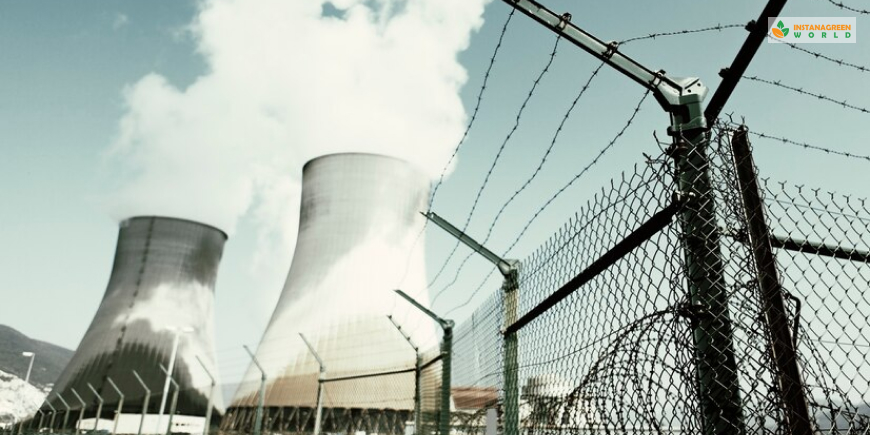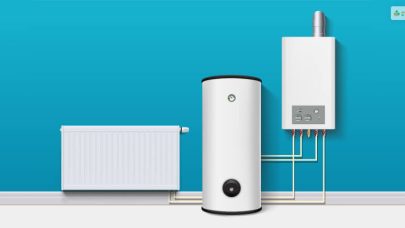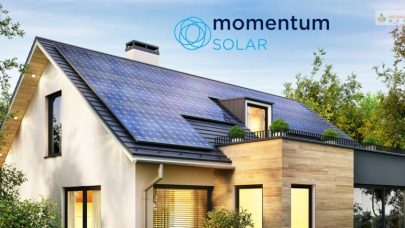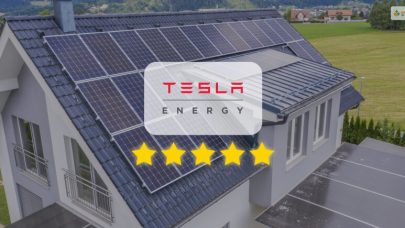In the intricate web of global energy production, power plants stand as the linchpin, converting various energy sources into the electricity that powers our homes, businesses, and industries.
The diversity of power plants mirrors the wide array of energy resources harnessed to meet the ever-growing demand for electricity.
In this exploration, we will delve into the fascinating world of different types of power plants, ranging from traditional fossil fuel giants to cutting-edge renewable energy innovators.
Fossil Fuel Power Plants
Here are a few types of fossil fuel power plants that are not the best source of energy for the sake of the environment.
Coal Power Plants
Among the stalwarts of traditional power generation, coal power plants have long been a major contributor to electricity production. These plants burn coal to produce steam, which, in turn, drives turbines connected to generators.
The historical significance, concerns about environmental pollution and carbon emissions have led to a gradual shift away from coal in many regions.
Natural Gas Power Plants
Natural gas power plants rely on the combustion of natural gas to generate high-pressure steam, drive turbines, and generate electricity.
It is consider a cleaner fossil fuel compare to coal and has become very popular like a transitional energy source. The cycle power plants, which use both gas and steam turbines, enhance efficiency.
Oil Power Plants
Oil power plants burn oil to produce steam or drive turbines directly. Less common than coal or natural gas plants, oil power plants are use in situations where other fuel sources are less practical. They are susceptible to fluctuations in oil prices and environmental concerns.
Nuclear Power Plants
Nuclear power plants harness the energy from nuclear reactions, fission, to generate heat. This heat is use to produce steam, which drives turbines connect to generators.
Concerns about nuclear safety and radioactive waste, nuclear power remains a low-carbon option that provides a significant portion of electricity in some countries.
Renewable Energy Power Plants
Here are a few types of renewable energy power plants that are beneficial for the environment as a source of alternative energy source.
Hydropower Plants
Hydropower plants utilize the energy of flowing or falling water to generate electricity. Dams are construct to create reservoirs and the control release of water drives turbines.
It is a mature and reliable source of renewable energy, providing a substantial portion of global electricity.
Wind Power Plants
Wind power plants capture the kinetic energy of the wind using turbines. As the wind turns the blades, the kinetic energy is convert into electricity.
Onshore and offshore wind farms have become increasingly prevalent, offering a clean and sustainable alternative to traditional fossil fuel power.
Solar Power Plants
Solar power plants harness the sun’s energy to generate electricity. Photovoltaic (PV) cells, commonly seen in solar panels, convert sunlight directly into electricity. Concentrating solar power systems use mirrors or lenses to focus sunlight onto a small area, producing heat to drive turbines. The versatility of solar power makes it a key player in the transition to a sustainable energy future.
Geothermal Power Plants
Geothermal power plants tap into the Earth’s internal heat to generate steam, drive turbines, and produce electricity. This source of renewable energy is effective in regions with geothermal activity, like geysers and hot springs.
Biomass Power Plants
Biomass power plants generate electricity by burning organic materials, like wood, agricultural residues, or even municipal solid waste.
This process releases store energy in the form of heat, which is use to produce steam and drive turbines. Biomass power provides a renewable and potentially carbon-neutral energy source.
Hybrid Power Plants
Hybrid power plants combine multiple energy sources to enhance reliability and optimize power generation. These systems often integrate conventional sources like natural gas with intermittent renewable sources like solar or wind, providing a more stable and consistent power output.
Cogeneration (Combined Heat and Power) Plants
Cogeneration plants produce electricity and useful heat from the same energy source.
Capturing and utilizing the heat to produce electricity generation, the plants achieve higher efficiency compared to traditional power plants that discard excess heat.
Ocean Energy Power Plants
Harnessing the vast energy potential of the oceans, power plants focused on tides, waves, or ocean currents generate electricity through innovative technologies. Tidal and wave energy converters are design to capture the rhythmic motion of the oceans and convert it into electrical power.
Fuel Cell Power Plants
Fuel cells use electrochemical reactions to convert fuel, often hydrogen, directly into electricity. The plants offer high efficiency and low emissions, making them a promising technology for a cleaner energy future.
Microgrids and Distributed Energy Resources (DER)
Microgrids are small-scale power generation and distribution systems that can operate independently or in conjunction with the main power grid.
Distribute Energy Resources (DER), including solar panels, wind turbines, and energy storage, are deploy on a smaller scale, often at or near the point of use. These decentralized systems contribute to grid resilience and promote energy independence.
Wrapping Up!
As the world grapples with the challenges of climate change and seeks to transition to a more sustainable energy landscape, the role of power plants becomes increasingly pivotal.
The diverse array of power generation technologies showcased in this exploration highlights the ongoing evolution of the energy sector.
From the traditional foundations of fossil fuel power to the cutting-edge frontiers of renewable energy, each type of power plant plays a unique role in powering our present and shaping our future.
The pursuit of cleaner, more efficient, and sustainable power generation is at the forefront of global efforts to mitigate environmental impact and secure a resilient energy future for generations to come.
Read more…
Wind Turbine: How Do These Renewable Energy Sources Of Energy Work?
Types Of Renewable Resources: The Future Of Energy














